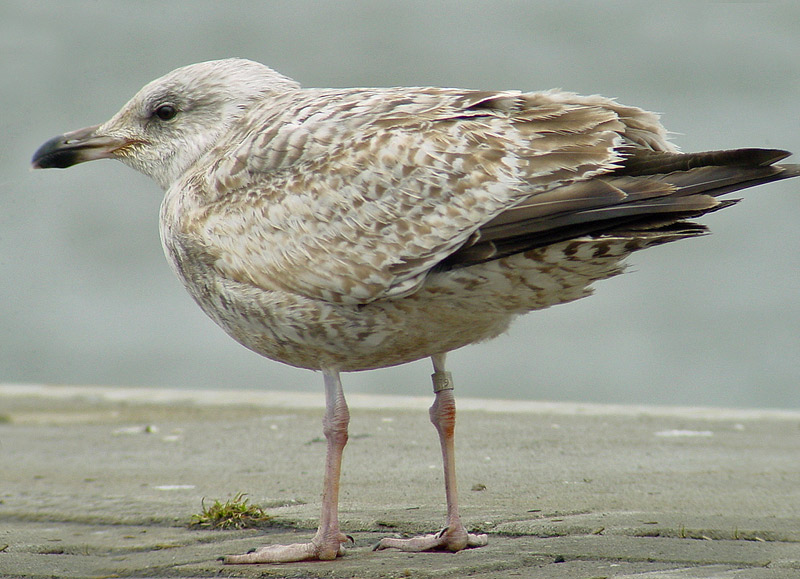 Herring Gull- Zilvermeeuw (argentatus & argenteus)
Herring Gull- Zilvermeeuw (argentatus & argenteus)
(last update:
Herring Gull plumages:
hg 1cy July
hg 1cy August
hg 1cy September
hg 1cy October
hg 1cy November
hg 1cy December
hg 2cy January
hg 2cy February
hg 2cy March
hg 2cy April
hg 2cy May
hg 2cy June
hg 2cy July
hg 2cy August
hg 2cy September
hg 2cy October
hg 2cy November
hg 2cy December
hg 3cy January
hg 3cy February
hg 3cy March
hg 3cy April
hg 3cy May
hg 3cy June
hg 3cy July
hg 3cy August
hg 3cy September
hg 3cy October
hg 3cy November
hg 3cy December
hg sub-ad January
hg sub-ad February
hg sub-ad March
hg sub-ad April
hg sub-ad May
hg sub-ad June
hg sub-ad July
hg sub-ad August
hg sub-ad September
hg sub-ad October
hg sub-ad November
hg sub-ad December
hg ad January
hg ad February
hg ad March
hg ad April
hg ad May
hg ad June
hg ad July
hg ad August
hg ad September
hg ad October
hg ad November
hg ad December
|
Herring Gull 5.335.119 2cy (argenteus), April 12 2001, IJmuiden, the Netherlands (52.27N 04.33E). A Dutch ringed argenteus, Vogeltrekstation Arnhem: 5.335.119, ringed as pullus at Bloemendaal, on May 29 2000. Now in 2cy, this individual shows the common moult stage in 2cy argenteus by April: the juvenile wing-coverts and tertials are abraded, the primaries are bleached brown and the bill-base starts to turn paler. The upper lower scapulars have been replaced for second generation feathers, with the last moulted scapulars showing buffish tones on the centres. Argenteus will show a second partial moult of head and body-feathers in spring. This partial moult starts in January and ends by May, bringing birds in so-called "first summer" plumage. The head and under-parts will turn white by June.
|
